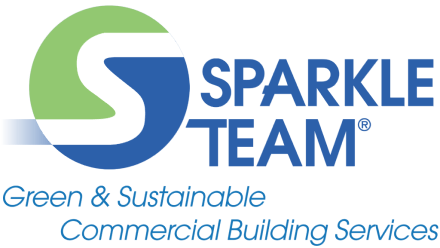The Cost of Getting Back To Business

Amidst the uncertainty during the height of the COVID-19 pandemic, business facilities found some relief from the lower operating and maintenance costs of remote work. However, as South Florida increasingly returns to work in-person, offices now face a new landscape of changing costs and challenges. Facilities will need to adapt by budgeting for new normal — including new expenses and upgrades. With this in mind, we explore these new pandemic-related expenditures.
Supplies:
The need for different consumables may vary as offices adjust to different occupancy rates. As such, they may face lower costs for some supplies and higher costs for others. Items often used in shared places, such as disposable cups, plates and utensils, may require less frequent restocking. This is also true for stationery and printing supplies. However, following COVID-19 health guidelines inevitably leads to a higher demand for personal hygiene supplies, including hand soaps, hand sanitizers, wipes, and disposable face masks. Surveys consistently show employees cite health as a major concern for returning to work, so a visibly well-stocked office could prove key to boosting morale. Price hikes may continue for such products across the board, as supply chains cycle through shortages and distribution delays.
Services:
Changing occupancy rates will also affect the types of services needed. More flexible working schedules that mix in-person and remote work could alter the frequency needed for trash collection. This too may also affect the scope of ongoing recycling programs. In contrast, the demand for cleaning and disinfection services will likely increase. Current CDC guidelines recommend daily cleaning, with deeper cleaning and disinfection only required if a sick person or someone who tested positive for COVID-19 has been in the office within the last 24 hours. On a positive note, these measured, scientifically-based recommendations are far more effective (and affordable) than the excessive disinfection that grew popular during the early days of the pandemic.
Upgrades:
COVID-19 only accelerated growing trends among office facilities to improve their indoor environmental health. Long before the pandemic, the term “Sick Building Syndrome” became popular to describe the various health ailments caused by poor office environments. Inadequate indoor air quality is a major culprit. As such, buildings may need to make adjustments. Major upgrades include replacing HVAC systems and providing more outdoor gathering areas. In lieu of a major overhaul, facilities should bolster their indoor air quality by frequently replacing air filters and running HVAC systems at maximum for two hours before and after buildings are occupied — both measures recommended by the CDC. This could lead to higher utility costs. Other health-centric facility upgrades focus on reducing necessary points of contact. Touchless technology can replace common germ hotspot areas, such as door handles, dispensers, and access buttons.




